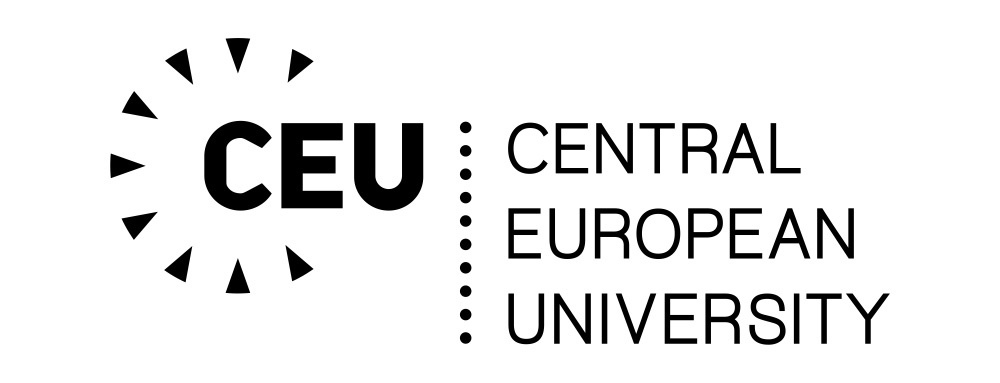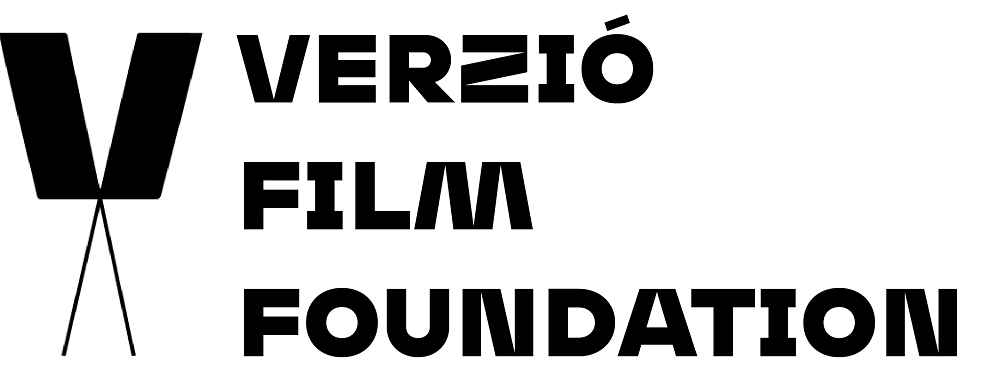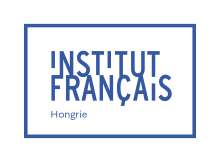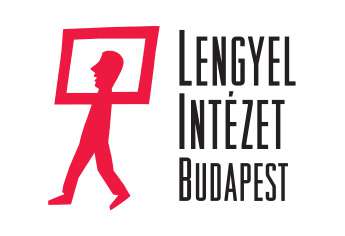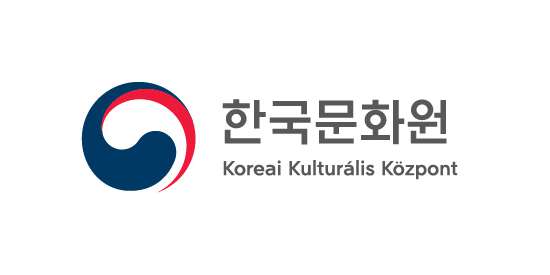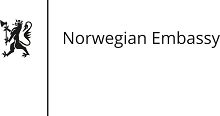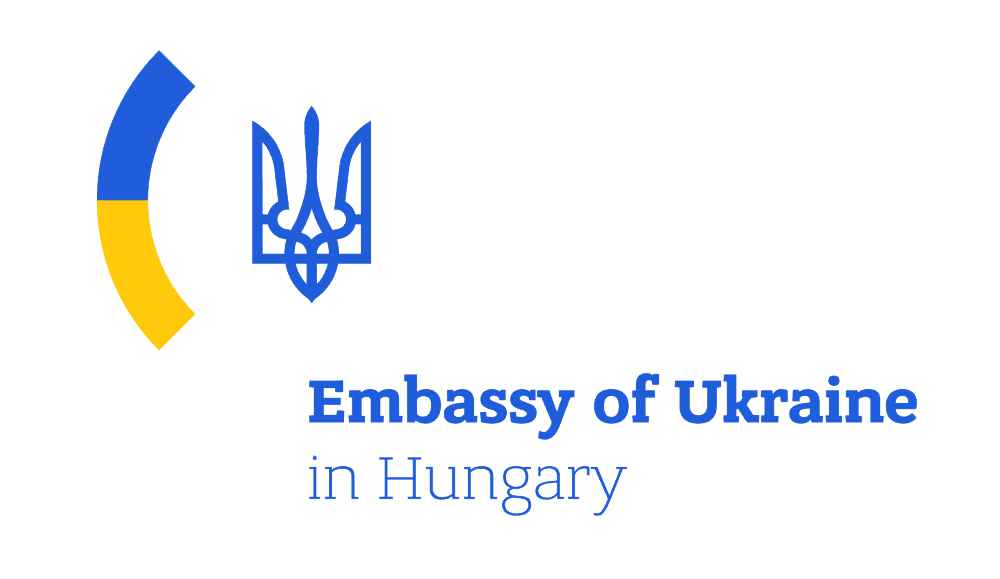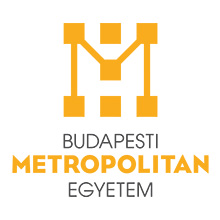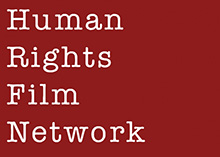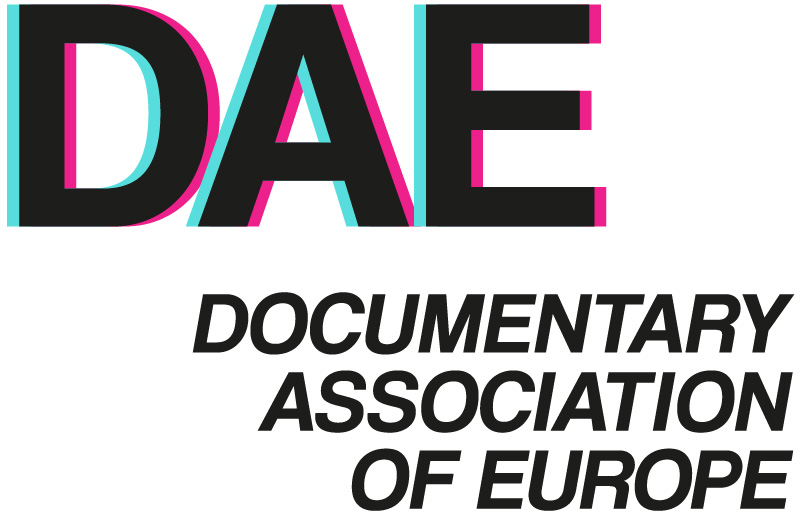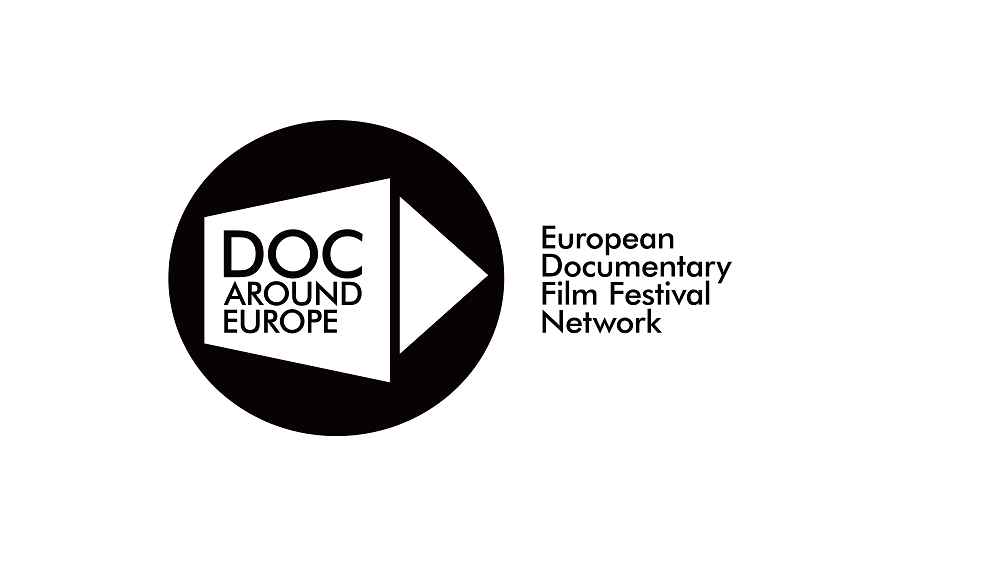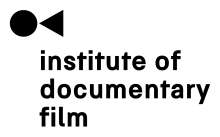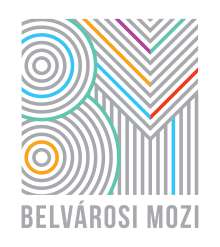The Power of Healing Through Community (Bigger than Trauma)

The stories of Marija, Katica, Ana and Đurđica unfold as they participate in group therapy with other women in Croatia, who, after years of silence, guilt and shame, have decided to face their struggles and transform the impact of these experiences. This sacred space is not only therapeutically designed to be a safe heaven for the participants, but it is also groundbreaking in terms of acknowledging the long-ignored aftermath of the wars: the trauma of women who were subjected to sexual violence by former neighbors, spouses and classmates, on the basis of their ethnicity.
The documentary manages to create a powerful atmosphere of intimacy and collective recognition, which counters the dynamics of isolation that have weighed on the protagonists during most of their lives. In many cases, their loved ones do not even know what they went through, and the heaviness of their secrets has also translated into physical health difficulties that seem to emerge with no explanation. On that note, the film does not intend to overexpose the gory details of their memories, but to focus on the way in which they understand them and digest what happened from a new perspective. Such is the case of Marija, who, in one of the scenes, needs to choose a partner who will represent her soul and, through an exercise of presence and physical touch, finds a way to reconnect with herself and ensure she now has the tools to see the hurtful events in a different light.
During a span of three years, the cameras reach an astounding level of closeness to the protagonists, being able to capture so many crucial moments of the sessions. The raw and private recollections suddenly acquire a new connotation as they are faced by each individual who is also unexpectedly developing a bullet-proof support system. Katica, who presents herself as someone hardened and unable to trust other people, progressively emerges out of her shell and decides to share part of her story with Đurđica, even taking her to her own farewell ritual from the house that haunted her for so many years. At the same time, Ana, a Serb among the group of Croatians, starts her journey with fear from the stigma that others mistakenly perceive in her presence, despite having been victimized in similar ways as her peers. As the story develops, Ana learns to voice her struggles as much as her partners learn to acknowledge her pain and move forward from their aversion towards all Serbians.
Consequently, the film dives into the exploration of each person’s emotions and pain, more so than on the details and specs of their backstories, and ends up with the empowering statement that by finding themselves, they have also found a network of love and companionship. These women have shifted from being the remnants of what was considered to be collateral damage in the institutional and public discourse, to become agents in charge of their futures, no longer determined by the mark of their pasts. While the project highlights the importance and advocacy of the team of therapists and professionals that guide the groups, it also enhances the perspective that these women could have gone to therapy on their own, but by doing so in this format, they have encountered a valuable item on the agenda of mental health: the power of community and the sense of belonging. The extent up to which they have provided each other with emotional containment, friendship and motivation could not have been planned or anticipated by the leaders. However, it seems to play an essential role in the navigation of trauma and their reconnection with warmth, touch and confidence.
Furthermore, the film’s notion of community also transcends the walls of the center and the lives of its protagonists, since it calls upon civil society and governmental entities on their lack of accountability on war crimes and endorsement for these initiatives. Despite their commendable results and the relevance of collective bonds, cohesion and unity as elements for the establishment of peaceful social interactions, the project was not able to open after its fourth edition due to a lack of funding. In this regard, as viewers, we are forced to question what are the fundamental priorities of current socioeconomic structures, where it is preferable to dismiss our own emotions and remain trapped into paradigms of alienation for the sake of not disrupting the numbness of everyday life and the comfort of oppressors.
Finally, the documentary ends with the life-long bonds that these women have built by becoming a healthier version of themselves, and showing how their liberation from these emotional scars leads them to stay hopeful about their upcoming challenges. The act of turning our gaze towards a sector of society that has been victimized in several ways for their gender, ethnicity, social status, age, and other factors, is also a deep political statement. These women, who somehow had already found their way in society by becoming (in many cases) mothers, grandmothers and workers, under heteronormative and exploitative views, would not have been seen as subjects worthy of attention, or their healing as a powerful item of the social fabric. Nevertheless, the film carries the heart-wrenching message that as long as pain and hardship are left unaddressed, they will keep reappearing in different spheres of life. As a result, their mission is impactful not only on an individual level, but as a promising alternative that every generation can effect the necessary transformations to prevent history from repeating itself.
María Belén Soriano Zamora
ELTE BTK Film Studies
Bibliography
Nash, Kate (2018): Film That Brings Human Rights to Life. Public Culture 30 (3) pp. 393-412.
